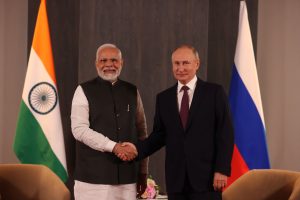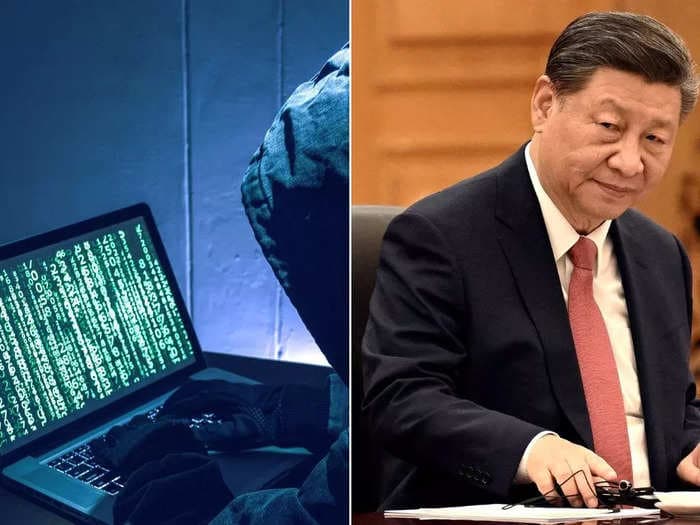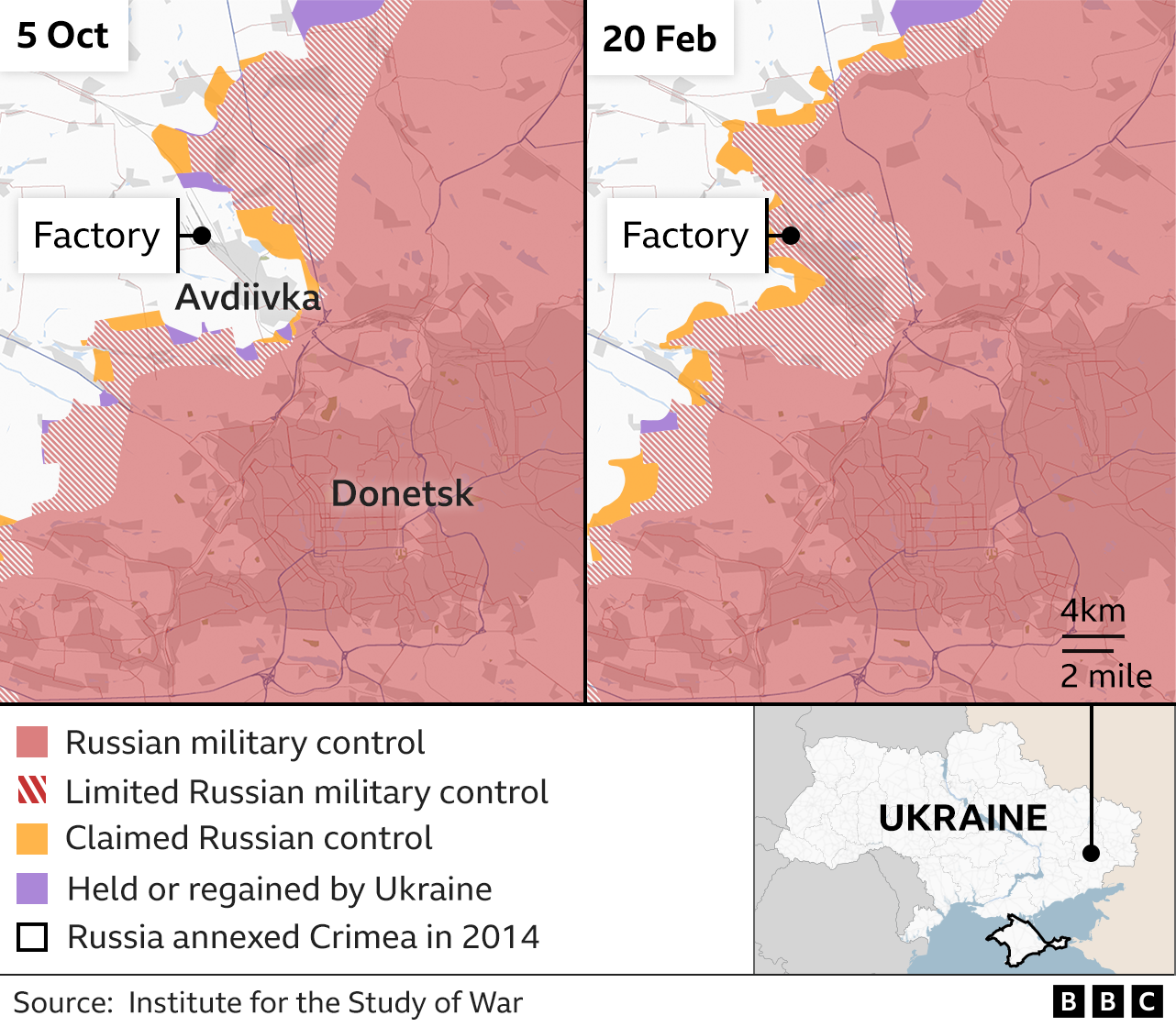Biswajit Dhar

Russia’s invasion of Ukraine has revived Cold War sentiments and triggered a major realignment of the global economy, with India at the center of it all.
In the first days of the conflict, the United States-led Western alliance imposed a slew of sanctions on Russia, including a ban on key Russian banks from the world’s dominant financial messaging system, SWIFT.
The ban prevented these banks, representing over 80 percent of total Russian banking sector assets, from conducting transactions quickly and efficiently.
The sanctions dealt a body blow to Russia’s ability to trade with partners, including India, one of Russia’s closest allies going back to the Cold War era.
Prior to its invasion of Ukraine, Russia was a relatively small trader with India, not figuring among India’s top 20 partners. In the 2021-22 financial year (1 April to 31 March), trade between India and Russia accounted for a meager 1.3 percent ($13 billion) of India’s total trade.
Where their relationship has been close has been in the supply of armaments, which has spanned decades. Since 2000, India has been the largest importer of Russian armaments, which was valued at $39.5 billion, according to the Stockholm International Peace Research Institute.
Russia’s supply of armaments to India is critical for a country in one of the most militarized and politically volatile regions of the world. In comparison, India’s imports from the U.S. were almost $5 billion.













